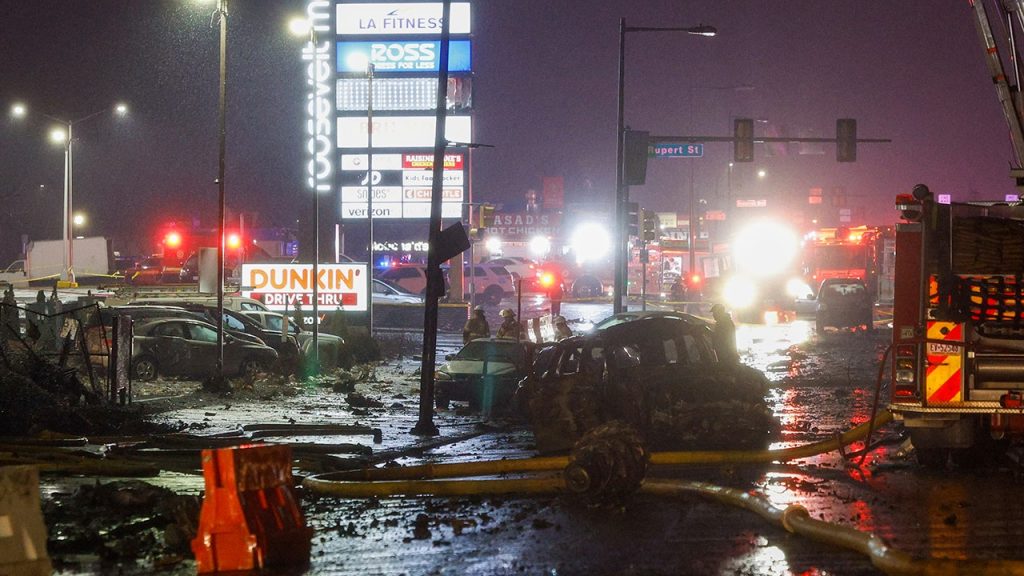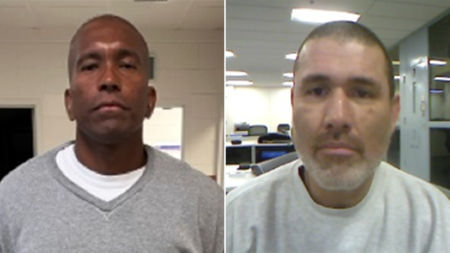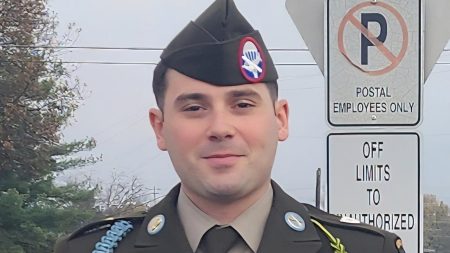The National Transportation Safety Board (NTSB) achieved a significant breakthrough in their investigation of the fatal Learjet 55 crash in Philadelphia on January 31st by recovering the crucial “black box” components. This discovery, announced on Sunday, encompasses both the cockpit voice recorder (CVR) and the enhanced ground proximity warning system (EGPWS). The CVR, found eight feet beneath the initial impact point, captures audio from within the cockpit, providing investigators with invaluable insights into the crew’s actions and conversations leading up to the crash. The EGPWS, while primarily designed to alert pilots of potential terrain collisions, also stores flight data that can help reconstruct the aircraft’s trajectory and performance. Both devices have been transported to the NTSB’s Vehicle Recorders Laboratory in Washington, D.C. for detailed analysis, marking a critical step towards understanding the factors that contributed to this tragic event.
The recovery of the black box components complements the ongoing wreckage recovery efforts. Investigators have already retrieved both engines from the crash site, and the remaining debris will be transported to a secure facility in Delaware for meticulous examination. This comprehensive approach to evidence collection is essential for piecing together the sequence of events and identifying any mechanical malfunctions, pilot errors, or environmental factors that may have played a role in the crash. The orange color of the flight data recorders and CVRs, a standard safety feature, aids in their location amidst the wreckage. Their typical placement in the tail section of the aircraft reflects the design principle of maximizing survivability in this area during a crash.
The Learjet 55, operating as a Jet Rescue Air Ambulance, was en route from San Diego to Springfield-Branson National Airport in Missouri when it crashed near the Roosevelt Mall in Philadelphia. The crash claimed the lives of all six individuals on board, including four crew members, a pediatric patient, and her mother. All were Mexican nationals. Tragically, the crash also resulted in the death of a person in a car near the impact site, bringing the total fatality count to seven. The incident also caused injuries to 22 other individuals, highlighting the devastating impact of the crash on the surrounding community.
Adding to the tragedy, a 38-year-old man, Jason Rodriguez, who was reportedly shopping in the area at the time of the crash, remains missing. His family last heard from him before the incident, and authorities are actively involved in the search efforts. The ongoing investigation will meticulously piece together the events leading up to the crash, utilizing the recovered black box data, wreckage analysis, and witness accounts. This will hopefully provide answers to the families of the victims and contribute to preventing similar tragedies in the future.
The NTSB investigation will follow a rigorous process involving detailed analysis of the CVR and EGPWS data, as well as the recovered wreckage. Investigators will analyze the flight path, engine performance, and communication records to determine the sequence of events and contributing factors. This comprehensive analysis will likely take several months to complete, and a final report will be issued detailing the NTSB’s findings and recommendations for enhancing aviation safety. The investigation will consider all possible contributing factors, including mechanical failure, pilot error, weather conditions, and air traffic control procedures.
This tragic event underscores the critical importance of continuous improvements in aviation safety. The NTSB’s meticulous investigation, aided by the recovery of the black box, will play a vital role in understanding the causes of this crash and implementing measures to prevent similar accidents in the future. The information gleaned from the investigation will contribute to enhancing aircraft design, pilot training, and air traffic control procedures, ultimately aiming to create a safer environment for air travel.


![Who Is the Father of [Spoiler]’s Baby? Why ‘Ginny and Georgia’ Cast Remain ‘Divided’ Before Season 4](https://newsytribune.com/wp-content/uploads/2025/06/ginnygeorgiarecap-300x158.jpg)







